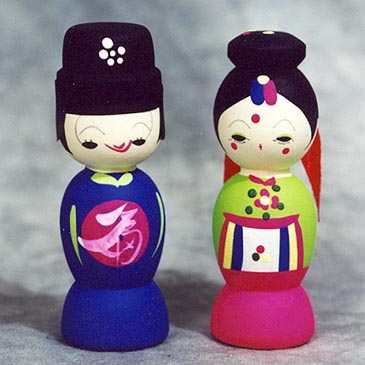Chapter 9 : Filipinos
-They were “American Nationals” not foreigners, because the Philippines were acquired from Spain during the war.
-Filipinos on the mainland faced violence from white men, but Filipinos in Hawaii did not.
- Manongs = 1st generation Filipinos
-They went to Stockton California for work as either domestic servicemen, in fisheries, or doing agriculture jobs. (It seems like at least a few times in this quarter, Stockton California was brought up. There is a lot of history here, which is interesting because this is where my mom was born.)
-Exclusion of Chinese, Japanese, Koreans, and Asian Indians caused the need of so many filipinos in agriculture.
-Agricultural camps
-Independent people and fought for rights and wages in the field.
-FLU: Filipino Labor Union
-They were often mistaken as Chinese or Japanese. Sometimes black. There were “No Filipinos Allowed” signs.
-They Couldn’t buy a home and it was hard to find someone who would rent to them.
-They were treated as if they were violent people.
-White farmers were threatened if they had Filipino workers. The threats were to ruin their crops, and them.
-Caused many problems if they were with white girls.
-Apparently this caused problems because they could attract girls more because they were good dancers, they wore more stylish clothes, and they spent their money more lavishly then white men did.
-Filipino men would seek out white women more often then Japanese, Korean, or Chinese Americans would.
-Apparently they are also good in bed! The white men were threatened because the Filipinos were taking ‘their’ ladies.
-The California government was worried another type of mallato was going to be created. It was against the law for Filipinos and Whites to be together.
-The government decided to grant the Philippines independence so that they would no longer be ‘American Nationals’. This means that they could now be excluded from citizenship along with other Asians. Tydings-McDuffee Act
-Filipinos in the United States were now known as Aliens because of the Tydings-McDuffee Act and were cut from many benefits.
-In LA, thousands of filipinos were deported back to the Philippines because it was cheaper than keeping them on welfare.
-In 1935, the Repatriation Act was passed. The government would send Filipinos who had assistance from Public or Private Orginizations back to the Philippines…but they had to give up their right to re-enter the United States. They worded this in a good way, so many went for it.
-Filipinos were initially wanted for cheap labor, but they now had Mexicans, so now they didn’t need the Filipinos and wanted them deported.
-They would be humiliated if they were deported back at the governments expense.
-They didn’t have ethnic communities like the Chinese and Japanese did.
-White prostitutes were brought to the Filipino camps.
-At dance halls, they paid a dime to the women to dance with them for one song.
-They married other races because there were very few FIlipinos in the United States.
-Filipino men knew how to get girls better than other Asians because they were more familiar with western culture. They were more romantic, they didn’t believe in arranged marriages and they dressed sharp.
Chinese Americans:
-Impossible to become a citizen unless you were white.
-worked in gold mines and on railroads mainly.
-They had strikes because they were paid less.
-Very similar to Japanese American Stories
- Chinese were forced out of their homes because of the unemployed white worker riots.
-1870: movement where whites would pin minorities against each other.
-1854: A court case where a white man was guilty and there were three Chinese witness’s, but they let the white man go because the witness’s were Chinese.
-Anti-Chinese poetry became popular.
-1400:1 ratio of males to females
-Most female Chinese that came were forced into prostitution.
-Chinatowns: Community Building
-Chinese Exclusion Act: They were forced out of their homes in 1882 and sent on a train. This ruined their China town.
Japanese Americans:
-Children of plantation workers were in schools in Hawaii learning about equal rights and stuff as their parents weren’t being treated equally.
-Pidgin English helped all different cultures communicate and create this new identity for them in Hawaii.
(I didn’t write too much about Japanese Americans since we learned so much about them last quarter.)
The Watershed of World War II:
-Since the bombing of Pearl Harbor, it would change how all Asians were treated…not just the Japanese. Also, it would cause the divide between Asians and Americans.
-In the Philippines, Americans and Filipinos fought together against the Japanese. Even though they were from 2 different backgrounds. they helped each other.
-Filipinos in the U.S. automatically had more respect. They wanted to fight in the war and help out but since they were ‘nationals’ they couldn’t. That law was changed in 1942 and a new Filipino infantry was created.
-Filipinos were finally allowed to become citizens.
-1941: Excecutive Order 8802″ Prohibiting Racial discrimination in employment.

![]()







